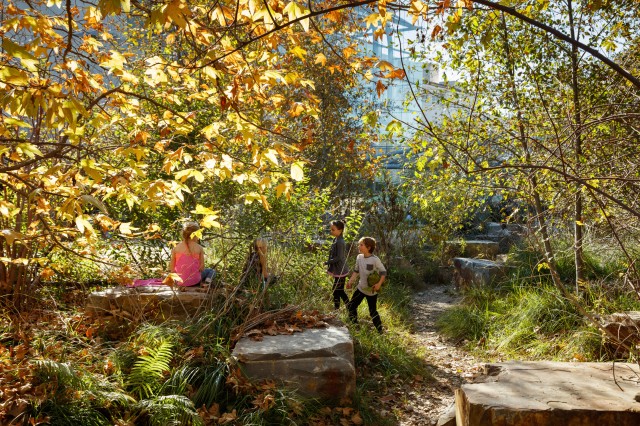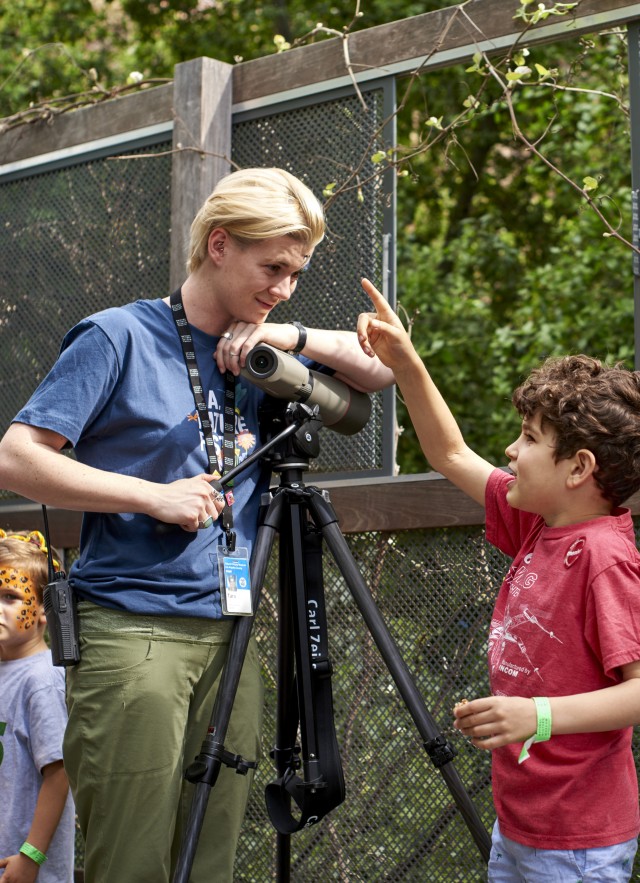
ACTIVITY | ALL GRADES
Use this guide to take your teaching outdoors!

Hoping to use the "outdoor classroom" more with your students? Below are some tips for starting out, including guidance on beginner nature observations and suggestions for teaching outdoors.
Carefully Consider the Obvious
We often make instant assumptions about something we see without realizing it. This means slowing down and looking closer is extremely important. Have students note the relative position, size, shape and height of characteristics (and color too, but be cautious with this) How many legs does an invertebrate have? What are its wings like? Is the body symmetrical? How so? In what way do a leaf’s veins form a pattern or splits from the branch? How big is a birds beak relative to the size of its head? What is the overall shape of the body?
Use Your Senses
When it is safe to do so, go notice more than what something looks like. Have students consider how a specimen sounds or what it smells and feels like (these last two tips are more applicable to plants than animals—but in some instances can be used in both)!
Think About Context
An animal or plant is closely connected to its environment. Note where an organism is found —broadly (e.g. Coastal Sage Scrub, Santa Monica Mountains) and specifically (e.g. under a rock in an area with full sun). What time of day or year is it? What is the weather like? There can be two nearly identical seeming animals are easiest to identify by their habitat or behavior, not how they look.
Note the Action
Take the time to consider behavior—it might not be possible to know exactly what an animal or plant is doing, but note how or where it is moving and how it sounds. A lack of activity is important to note as well, so there is always something to describe. In a plants case, notice where it growing or blooming in relation to other plants around it.
Record, Record, Record!
Jot down what is noticed — draw a picture, write key words, sketch the habitat, whatever helps jog the ol’ memory back at home or the classroom. Keeping record of observations will not only help students recall what was noticed, but will also help them begin to notice more in the future. Photos are great, but are not as good as your own eyes, ears and nose!